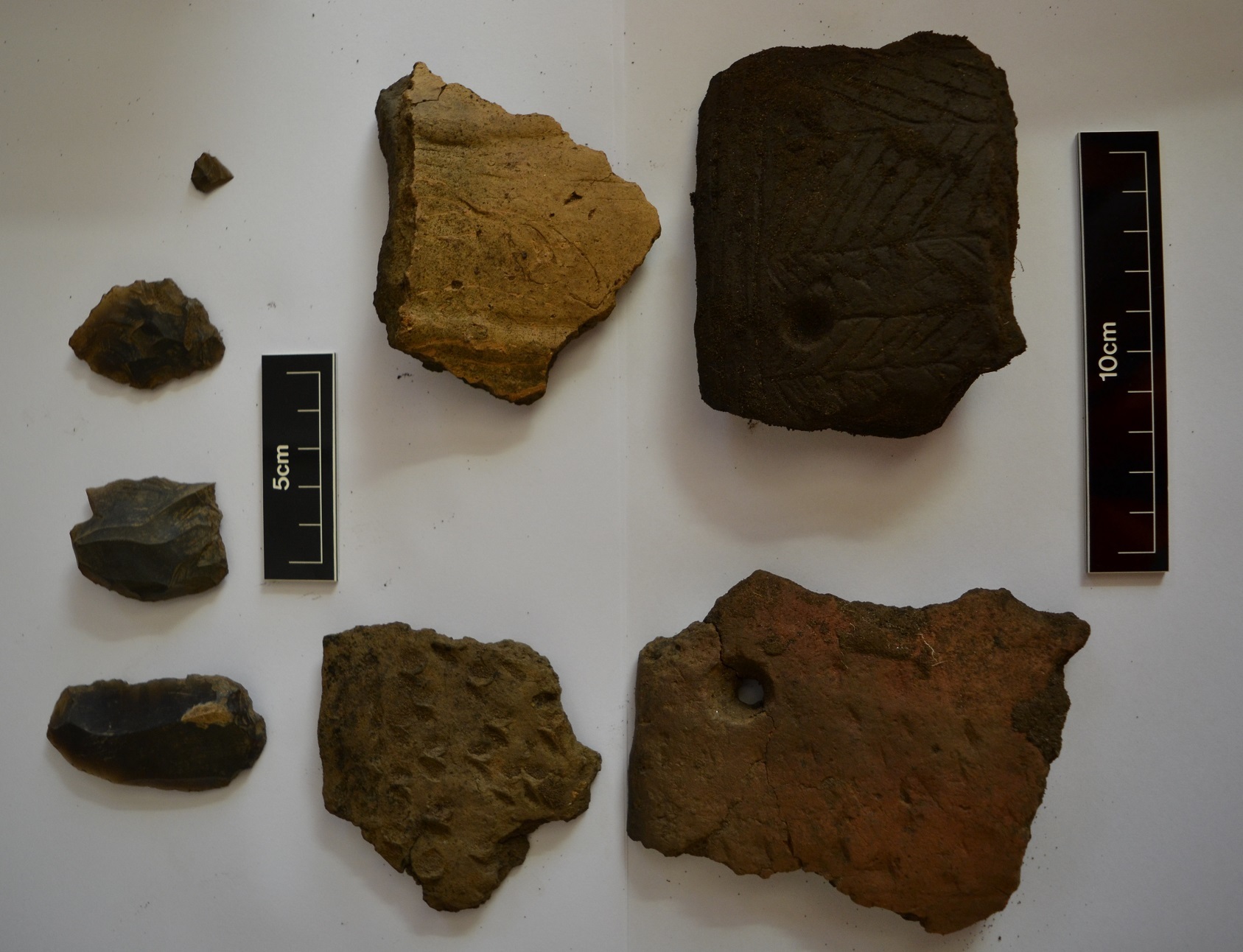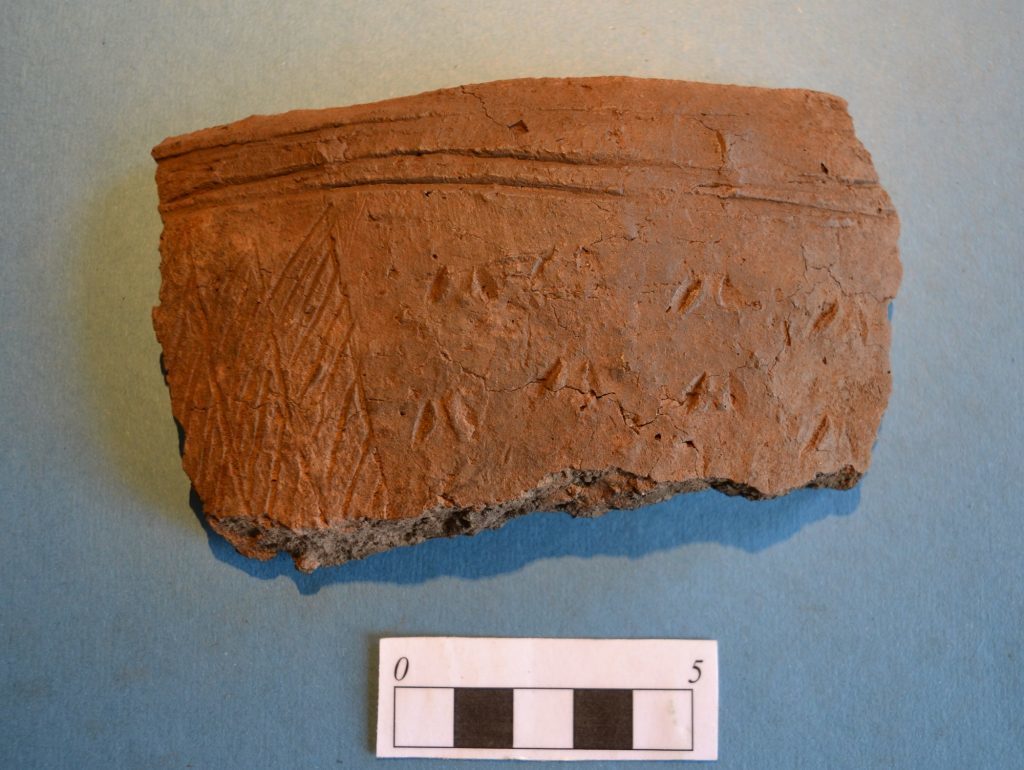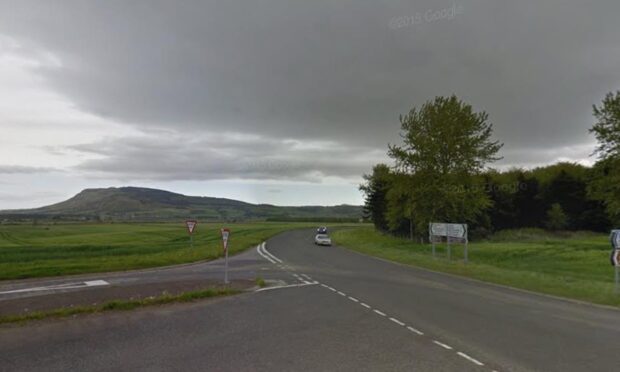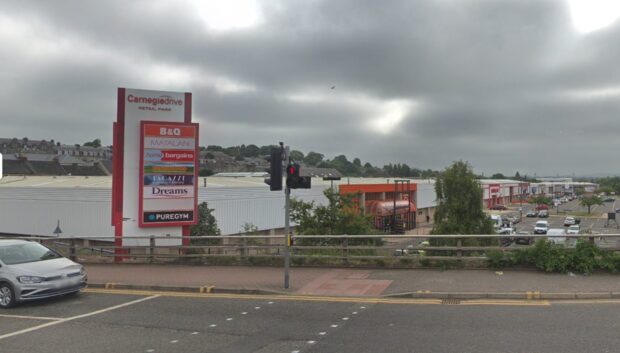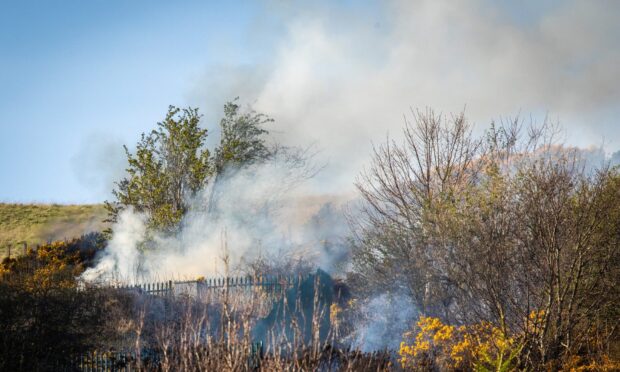Pottery and flint tools buried for 4,000 years were uncovered during excavations for St Andrews University’s new energy centre.
The ancient artefacts were dug up at Kincaple as engineers laid pipework.
Archaeologist Alastair Rees from consultancy firm ARCHAS Ltd said the find, which included flint tools believed to be from Norfolk or Yorkshire, provided more evidence of trade links across the UK.
“These finds provide yet another piece in the jigsaw to help us reconstruct the mundane, as well as the more interesting, aspects of how societies interacted and travelled in ancient Britain,” he said.
“The artefacts provide more evidence of long distance trade, contacts and especially ideas across the country.”
The discovery three miles west of St Andrews was made as engineers laid pipework to connect the university’s Green Energy Centre at Eden Campus in Guardbridge with the main university estate at North Haugh in St Andrews.
Four miles of pipeline are being put down between St Andrews and Guardbridge.
ARCHAS Ltd were tasked by Fife Council’s archaeology service with monitoring the works to ensure any important discoveries were properly identified and recorded.
Within one large pit, more than 30 pieces of distinctive pottery identified by specialists as being grooved ware typical of the late Neolithic period were recovered.
Grooved ware has been found across Britain from Orkney to the south of England. This type of pottery is very distinctive, being highly-decorated with linear incisions, pinched decoration and decorative panels and is often associated with ritual deposition or offerings.
Initial analysis of the flint tools, by archaeologist Dr Torben Ballin of Bradford University, suggested they had been used for stripping bark and skinning animals, among other tasks.
The tools are thought to have originated from either the famous flint mines at Grimes Graves in Norfolk or from Yorkshire. They are unusually large and particularly finely crafted.
Further study and analysis, including radiocarbon dating, will now be carried out to help create a picture of the beliefs and behaviour of the people who lived in this era.
